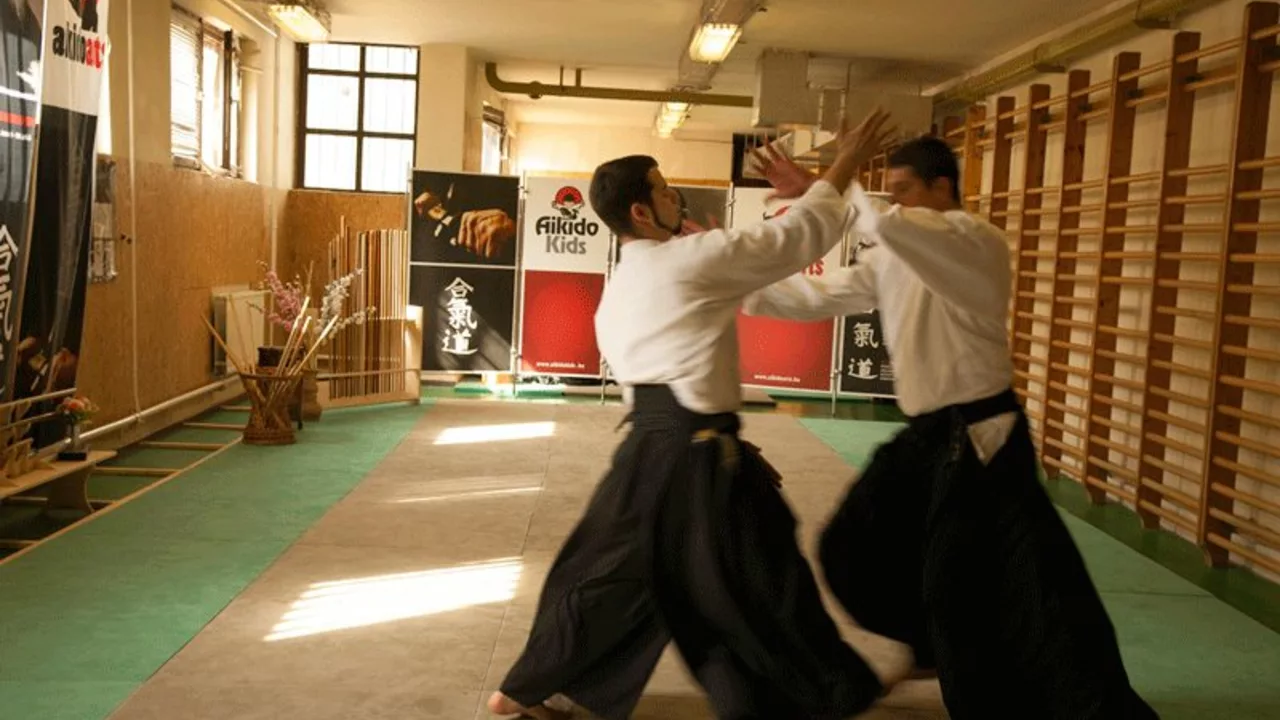Wing Chun Basics: What Every New Student Should Know
Ever wondered why Wing Chun feels so natural once you start moving? It’s because the system is built around simple, direct movements that anyone can learn. In this guide we break down the core ideas, a few starter drills, and how to keep the practice useful for everyday self‑defense.
Core Principles You Can Feel Right Away
Wing Chun isn’t about flashy kicks or big swings. The first principle is economy of motion – use the shortest path to stop an attack. That means a straight punch, a quick palm strike, or a simple block, not a looping arm. The second principle is centerline control. Imagine an invisible line running from your chin to the opponent’s chin; you want to keep your hand on that line while pushing theirs off.
Third, the art stresses relaxation under pressure. Tension makes you slower and wastes energy. When you stay relaxed, your technique stays snappy. Finally, practice the Chi Sao or “sticking hands” drill. It trains you to feel the opponent’s intent and react without thinking.
Starter Drills to Build Muscle Memory
1. Tan Sau – palm up hand: From a relaxed stance, slide your lead hand upward, palm facing you, ending at the centerline. Do this 20 times each side, focusing on smooth movement.
2. Chain Punches: Stand with feet shoulder‑width apart, fists up. Throw a rapid series of straight punches, keeping elbows close to the body. Count to ten, then switch sides. This builds speed and centerline focus.
3. Chi Sao Light Touch: Pair up with a partner. Keep your elbows tucked, arms relaxed, and maintain light contact on each other’s forearms. The goal is to feel the direction of pressure and redirect it, not to win a tug‑of‑war.
Do each drill for a few minutes daily. Consistency beats long, infrequent sessions.
How to Apply Wing Chun in Real Life
When an unwanted punch comes your way, step to the side, keep your centerline hand up, and deflect the arm with a Tan Sau. Follow instantly with a chain punch to the opponent’s face or torso – a simple, direct response that uses the same path the attack traveled.
If you’re grabbed, use the principle of “knowledge of the opponent’s force.” Rotate your wrist and pull the attacker’s arm down while stepping out of their reach. The movement feels natural because you’re using their energy, not fighting against it.
Remember, Wing Chun is a toolbox, not a one‑size‑fits‑all solution. Pick the technique that feels safest for the situation, and always keep distance and awareness as your first line of defense.
Tips for a Sustainable Practice
• Stay relaxed. Take deep breaths before each drill – tension kills speed.
• Train with a partner. Real feedback helps you correct posture and timing faster than solo drills.
• Record yourself. A quick video lets you spot sloppy elbows or dropped stances that you might miss in the heat of practice.
• Set small goals. Master Tan Sau before moving to more advanced forms. Small wins keep motivation alive.
Wing Chun doesn't require a gym full of equipment. All you need is a mat, a willing partner, and the willingness to repeat simple moves until they become second nature. Start with these basics, stay consistent, and you’ll notice the art’s efficiency showing up in everyday situations. Happy training!

27 Jul 2023
In exploring the combination of Aikido with either Karate or Wing Chun, it seems that both can be suitable pairings, depending on personal preference. Karate, with its emphasis on striking and kicking, could complement Aikido's focus on using an opponent's movements against them. On the other hand, Wing Chun's smooth, close-quarter combat techniques could also merge well with Aikido's fluid, circular movements. However, it's essential to remember that blending martial arts styles should be done thoughtfully to ensure the integrity of each style is maintained. Ultimately, it's about finding what works best for you and your personal martial arts journey.
Continue reading...
